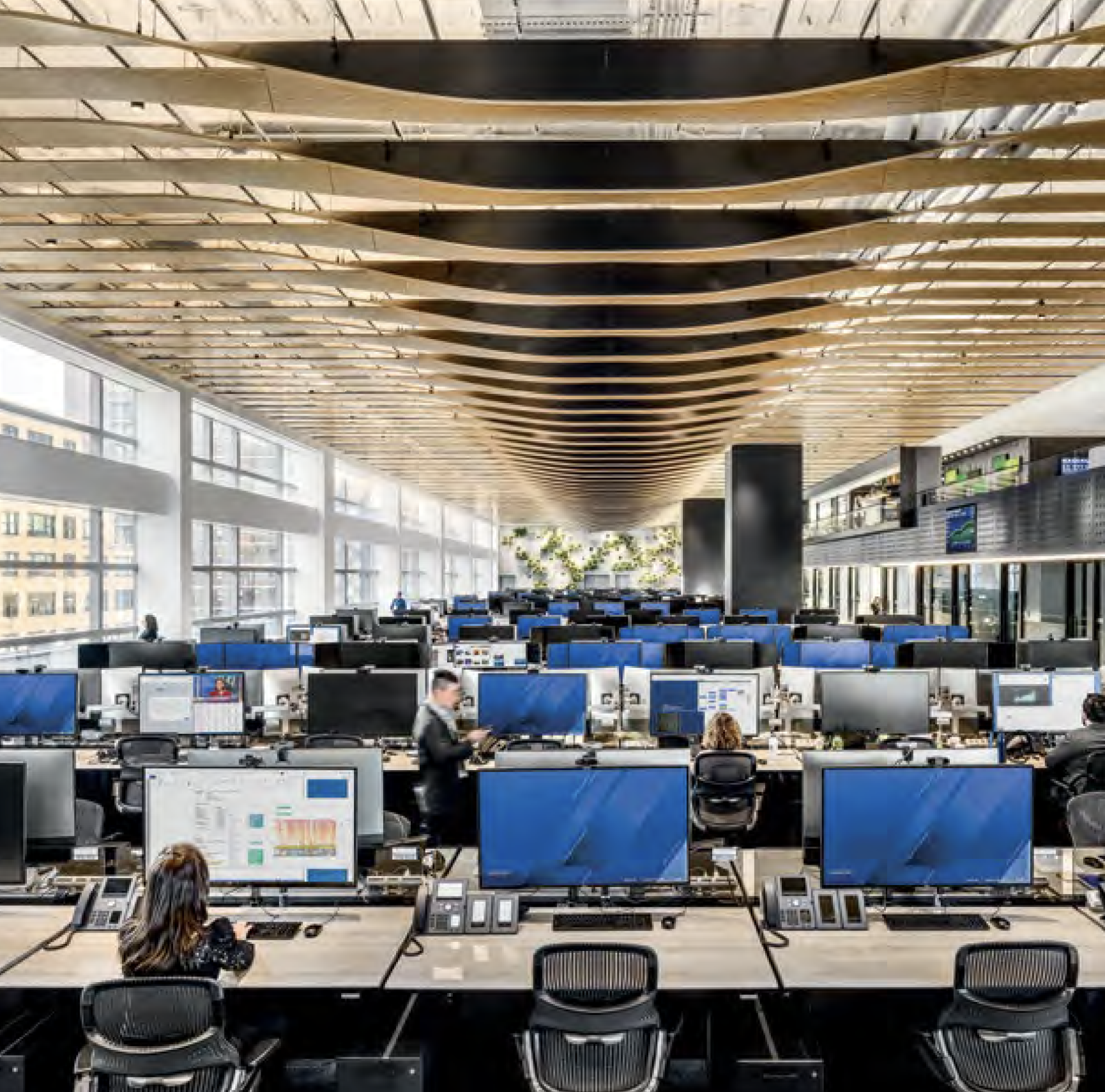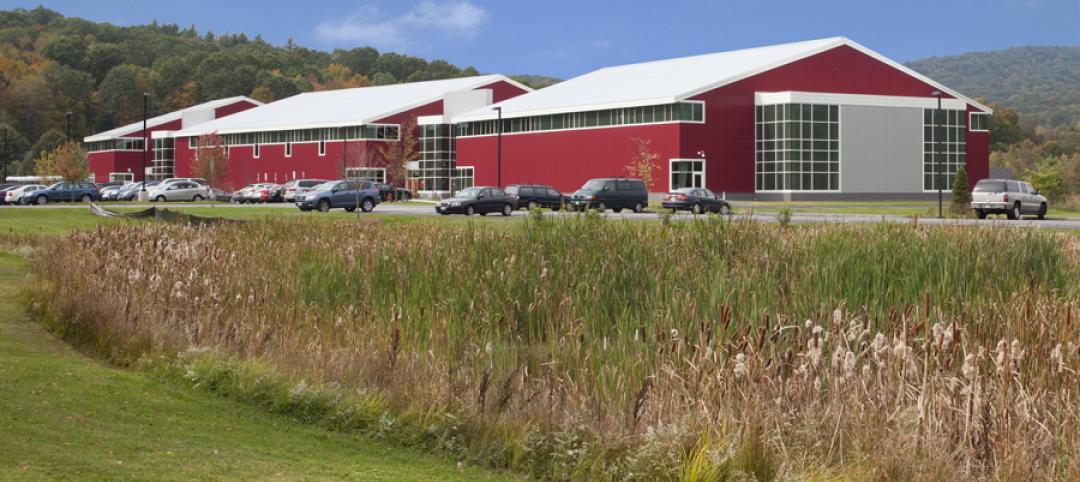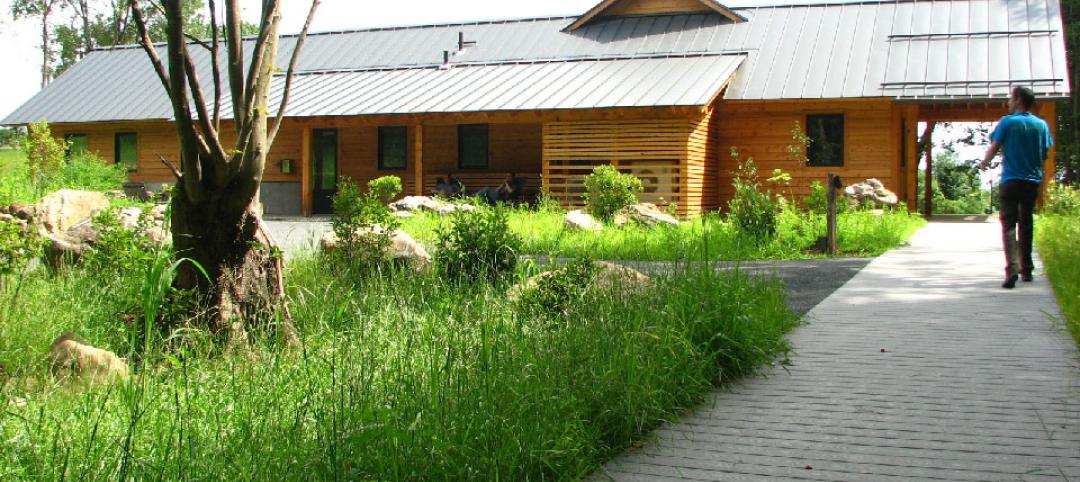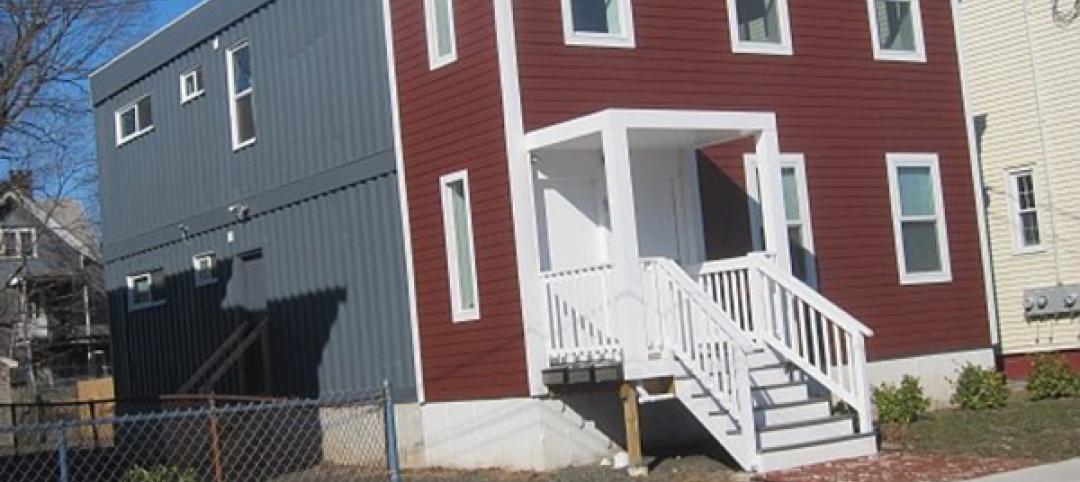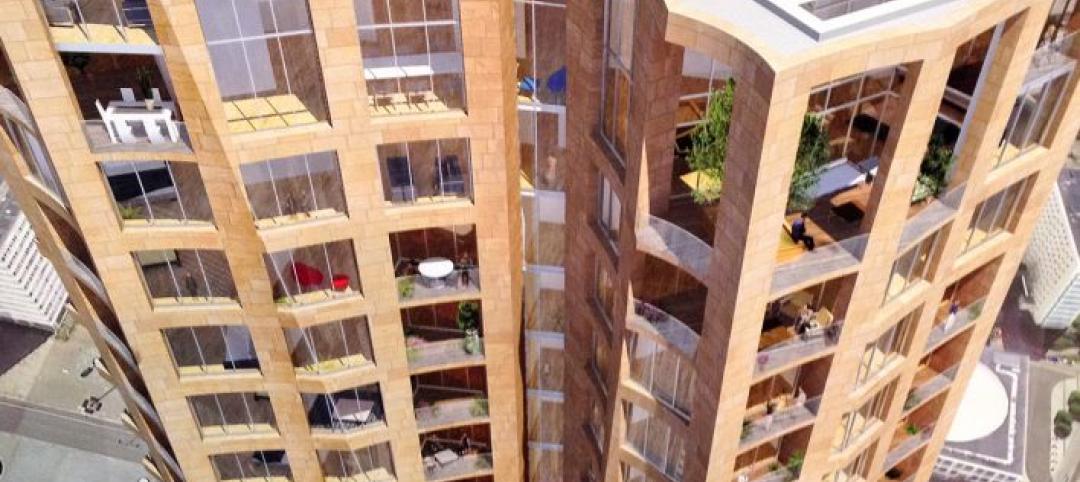Social equity and climate change are the elephants in the room hovering over Gensler’s Design Forecast for 2022, which the giant architecture firm released this week.
Drawing from a wide range of research sources, including its own, Gensler maps out what it sees as the top trends and strategies for its 28 practice areas, organized under the headings Cities, Work, Lifestyle, and Health. (The Report can be downloaded at https://bit.ly/3ILhHxf.)
The report is, in the main, optimistic, with dollops of wishful thinking. But Gensler, which generated $1.235 billion in revenue last year, is also clear-eyed and fact-informed about the challenges that lie ahead and the extent that design can help meet and exceed them. “An ongoing resilience is defining the built environment,” write the firm’s co-CEOs Diane Hoskins, FAIA, IIDA, and Andy Cohen, FAIA.
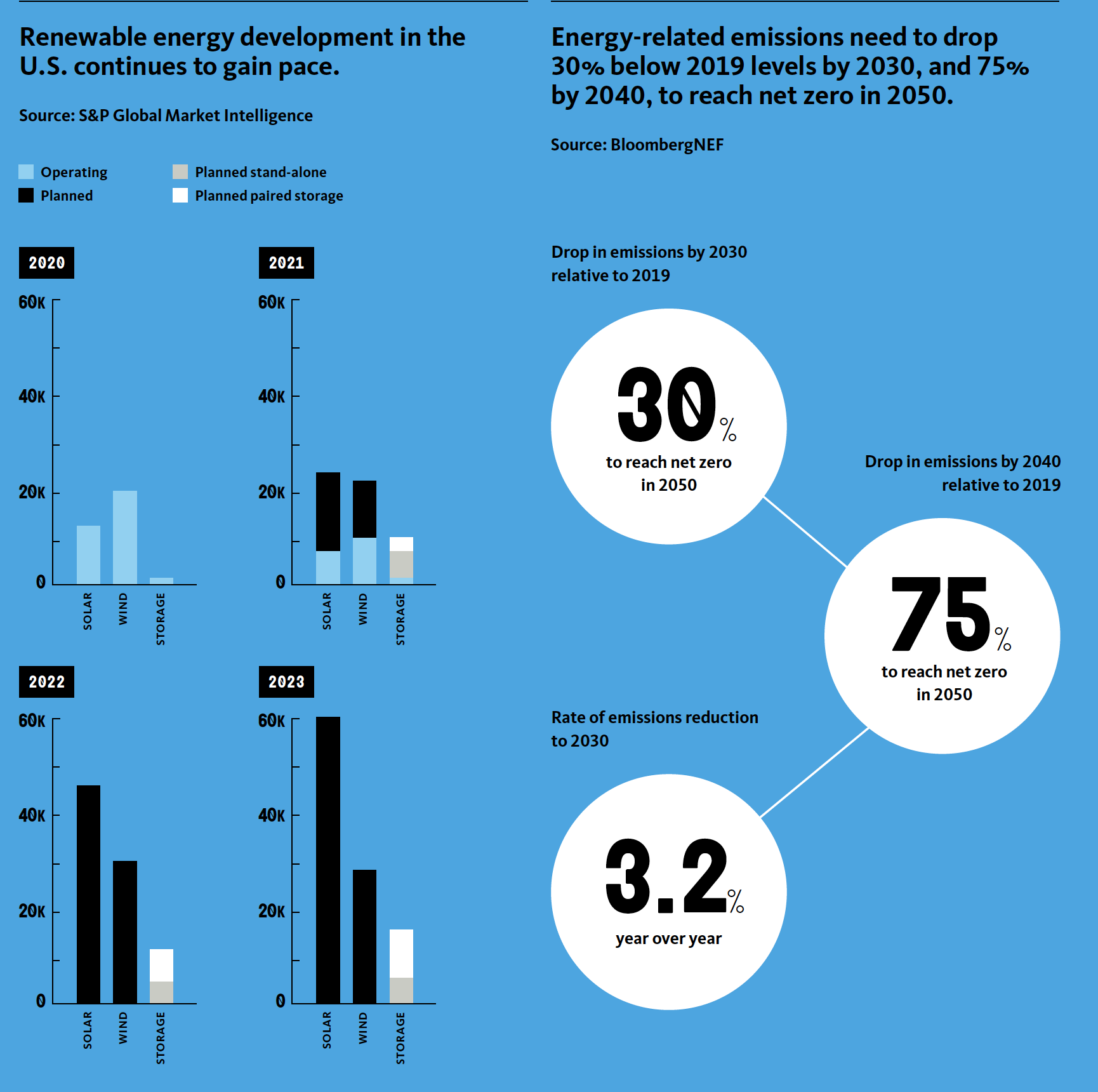
They see a world where innovation is accelerating, where cities are becoming more walkable and greener, where holistic design places greater emphasis on enhancing human experience, and where places “honor local context, while considering the health of occupants and planet alike.” To that end, Gensler has taken action to improve long-term resilience and sustainability of the construction industry’s supply chain by developing a new “blueprint” for specifying lower-carbon products and promoting locally extracted and manufactured materials. Gensler’s stated goal is to achieve carbon neutrality in all its work within a decade. “Never has there been a greater opportunity for the building industry to act on climate change,” the Report states.
STARTLING STATISTICS
The 91-page Design Forecast is a reservoir of information, some of which are likely to stop readers in their tracks. For example, one of the Health sector’s demographic predicaments is that, for the first time in human history, more of the population will be over 65 years old than under 18. “This changes everything,” states Gensler, in terms of how healthcare facilities will be designed to function and serve their constituencies.
Another stat, based on Gensler’ own research, found that fewer than half of the people surveyed in 15 locations are optimistic about their cities’ futures. And in its prognosis for the future of the workplace, Gensler—again drawing from its own research—estimates that, at a time when demand for commercial real estate is in flux, top-performing companies are three times more likely to increase their real estate footprint.
Sprinkled throughout the Forecast are images of Gensler’s projects that, according to the firm, have responded to different needs. For example, the Nashville entertainment district Fifth + Broadway addresses what people want from cities: convenience, community, and accessibility. This mixed-use district blends retail, workplace, residential, restaurants, music, and sports. In Austin, a 140,000-sf built-to-suit office building for Whole Foods Market’s headquarters features extended floor plates that provide interior protection from the sun, public areas with biophilic elements, and an outdoor terrace that doubles as alternative workspace.
20 METATRENDS IN PLAY
Gensler’s Design Forecast revolves around its identification of metatrends that it believes will influence client demand and the firm’s work in each of its sectors and practices. Some of these trends are not new, but have yet to achieve fruition, or have been recast by events such as the COVID-19 pandemic or the so-called Great Resignation that is restirring the job market.
The metatrends, in short, are predicted as follows:
Cities:
•A flexible public realm will deliver a more resilient future
•20-minute neighborhoods will drive equity
•Climate action demands will advance a path to net-zero
•Cities and organizations will refocus on regeneration and reuse
•Innovation districts will continue to thrive
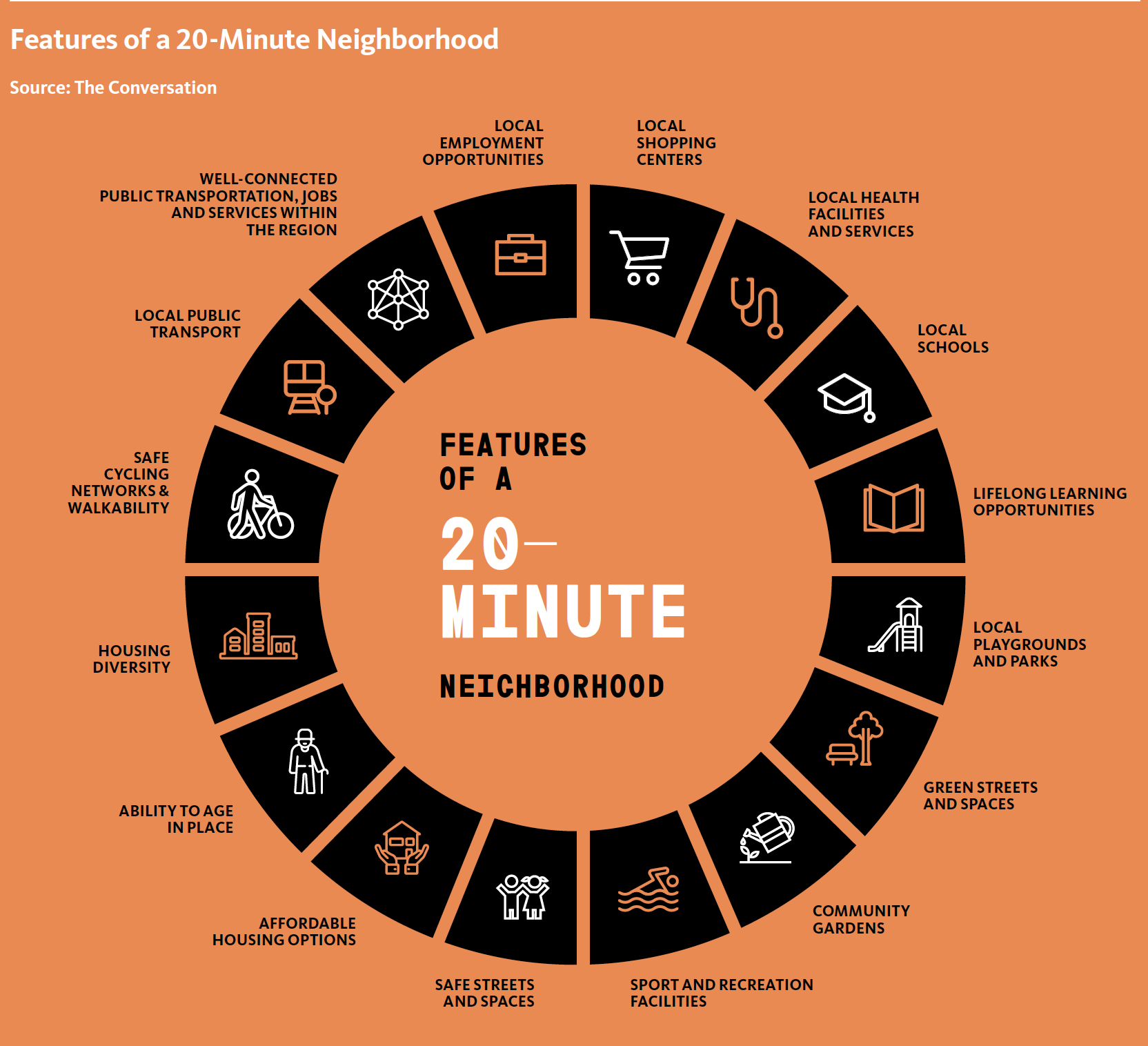
Workplace:
•The workplace must be a compelling destination
•Experimentation, prototypes, and learning are the new normals
•The workspace will play a critical role in fostering equity and inclusion
•The new workspace ecosystem will include “third” spaces for such things as coworking
•Investments in health and well-being will deliver value for employees
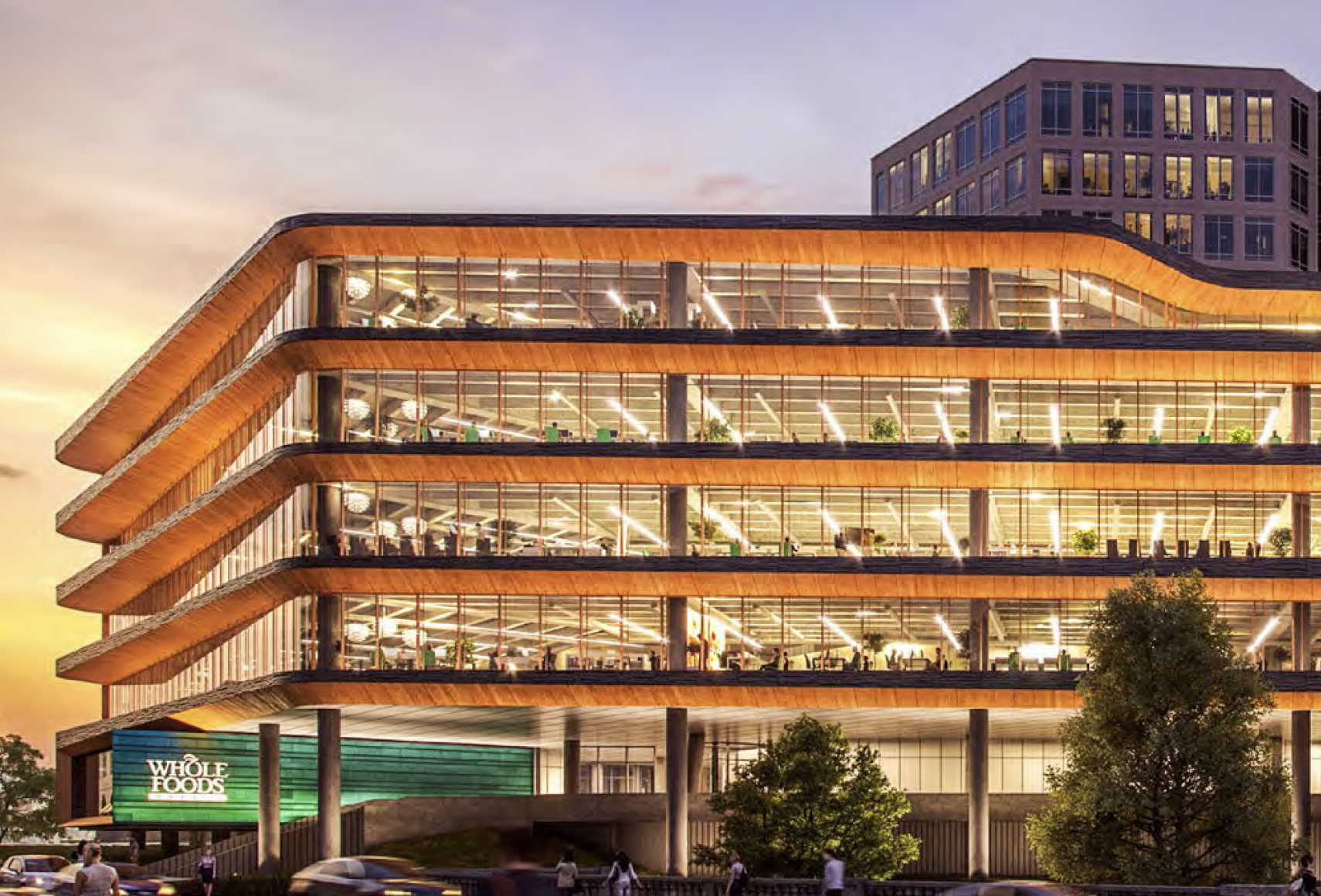
Lifestyle:
•Belonging and placemaking will bring people together
•Amenities that drive community will be highly valued
•Flexibility will become a critical investment
•Digital and physical will blend to deliver connected experiences
•Places for gathering will become neighborhood catalysts
Health:
•Design for resilience, and design that elevates human health, are one in the same
•More of the population will be over 65 than under 18 for the first time in human history
•Science organizations will set the tone for how we act in climate change and health
•Existing aging building stock cannot be ignored
•Designing “to the edges” of society will create more welcoming and supportive environments.
The report does deeper dives into each of its practices to signal dynamics and to suggest viable design strategies. Take data centers, upon which the world’s information, research, financial, and ecommerce grids increasingly rely: while acknowledging that hyperscale data centers account for half of the total investment in that sector, Gensler hops on the edge bandwagon, proclaiming edge data centers as “the next frontier” that will feed the growth of next-generation technologies. This sector is also looking for ways to reduce its energy consumption and carbon footprint by embracing low-impact materials and energy recovery. Gensler talks up the benefits of designing data centers for immersive cooling systems that submerge servers in liquid.
Related Stories
| Feb 6, 2014
End of the open workplace?
If you’ve been following news about workplace design in the popular media, you might believe that the open workplace has run its course. While there’s no shortage of bad open-plan workplaces, there are two big flaws with the now common claim that openness is bad.
| Feb 6, 2014
New Hampshire metal building awes visitors
Visitors to the Keene Family YMCA in New Hampshire are often surprised by what they encounter. Liz Coppola calls it the “wow factor.” “Literally, there’s jaw dropping,” says Coppola, director of financial and program development for the Keene Family YMCA.
| Feb 5, 2014
M&A activity down in 2013 among architecture, engineering firms: Report
In 2013, consultant Morrissey Goodale observed 168 sales of U.S.-based architecture and engineering (“A/E”) firms – down nearly 7% from the record 180 sales of U.S.-based A/E firms in 2012.
| Feb 5, 2014
BIA Opens Entries for 25th Annual Brick in Architecture Awards
Entries open on February 10 for the Brick Industry Association's (BIA) Brick in Architecture Awards. Celebrating its silver anniversary, BIA's annual honors spotlight outstanding, innovative and sustainable architecture that incorporates clay brick products as the predominant exterior building or paving material.
| Feb 5, 2014
Multifamily Housing, Green Building, Market Trends, Innovation to be Prime Topics at MBI’s World of Modular
More than 600 developers, contractors, architects, builders, dealers and equipment/service suppliers are expected at the event, slated for March 21-24 in San Antonio, Texas, and hosted by the Modular Building Institute.
| Feb 5, 2014
7 towers that define the 'skinny skyscraper' boom [slideshow]
Recent advancements in structural design, combined with the loosening of density and zoning requirements, has opened the door for the so-called "superslim skyscraper."
| Feb 4, 2014
World's fifth 'living building' certified at Smith College [slideshow]
The Bechtel Environmental Classroom utilizes solar power, composting toilets, and an energy recovery system, among other sustainable strategies, to meet the rigorous performance requirements of the Living Building Challenge.
| Feb 4, 2014
Must see: Student housing complex made with recycled shipping containers
Architect Christian Salvati's new structure is just the first step in bringing shipping container construction to New Haven, Conn.
| Feb 3, 2014
Gehry wins bid to design Berlin's tallest tower [slideshow]
The architect's "rotating cubes" scheme for the 300-unit residential tower beat out design submissions by eight other prominent firms, including Adjaye Associates and David Chipperfield Architects.
| Jan 31, 2014
Trump Hotel Collections announces luxury hotel for Rio de Janeiro
The 13-story, 171-guestroom Trump Rio will be Trump Hotel Collection’s first property in South America and the only luxury hotel in the neighborhood when it opens in 2016.


